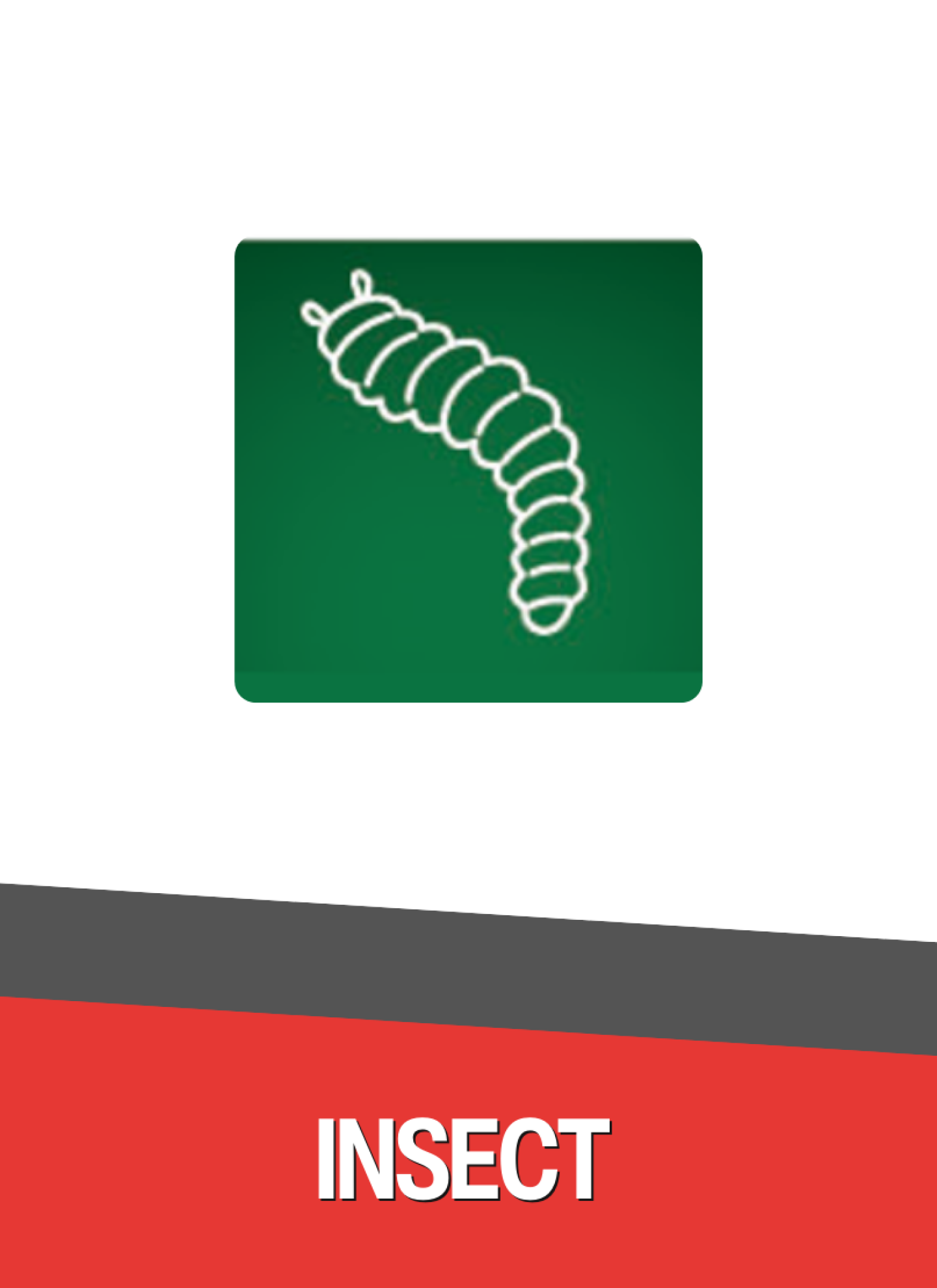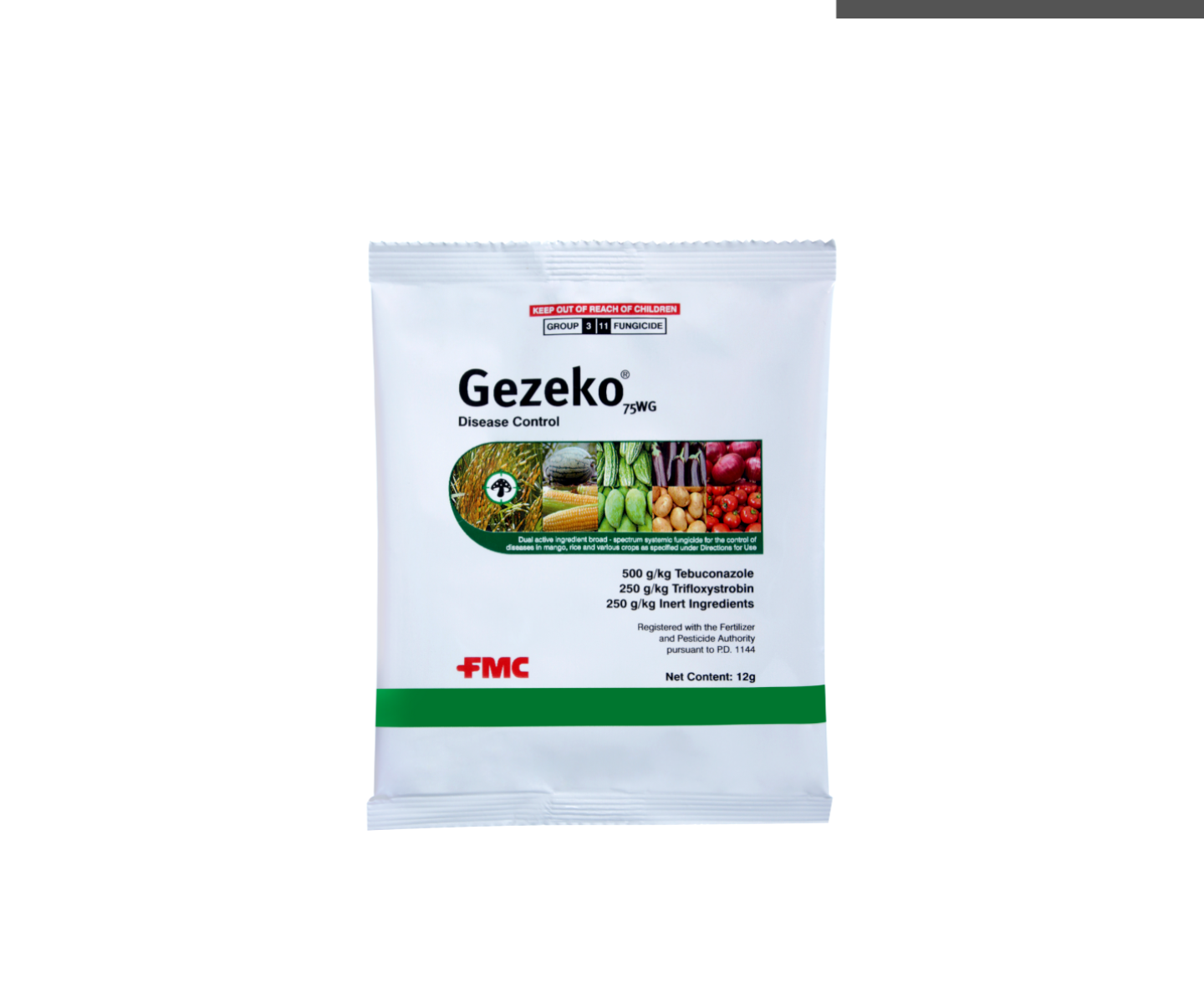Downy Mildew

Downy Mildew is one of the most serious fungal diseases inflicting bitter gourd. Infects foliage causing a decrease in photosynthetic activity in early plant development. This results in stunted plants and significant yield reduction.
Psuedoperonospora cubensis is the causal pathogen of downy mildew, considered as one of the most destructive pathogens of all cucurbits. Its development is favored during warm and humid climates. And can infect the plant at all stages. The pathogen produces large lemon-shaped sporangia with a conspicuous papilla where the sporangia are borne singly on pointed tips of sporangiophores that branch at acute angles. This disease overwinters on plant debris and in the soil.
What are the symptoms
The disease is characterized by yellow to white patches on the upper surfaces of older leaves. On the underside, these areas are covered with white to greyish, cotton-like fungi. These “downy” masses are most often noticed after rain or heavy dew and disappear soon after sunny weather resumes. As the disease progresses leaves may eventually turn crisp and brown and fall off.
Impact to the crop
Early infection of the disease may cause stunting and a significant decrease in yield due to a decrease in photosynthetic activity.
How to control
Downy mildew can be controlled by using resistant varieties (if available), good field sanitation, providing good air circulation, avoid staggered planting and regular application of protectant and systemic fungicides (e.g. copper-based fungicides)
Source: Kumar, V., Kerketta, A., Sahu A. and Teta, A. 2018. Management of prevalent diseases of bitter gourd (Momordica charantia L.). Journal of Pharmacognosy and Phytochemistry 2018; SP1:26-35. Retrived from https://www.researchgate.net/publication/334051053_Management_of_prevalent_diseases_of_bitter_gourd_Momordica_charantia_L

